Before we begin, I just want to put a disclaimer that there is no reef safe medicine that completely eradicates the parasites that are found in the marine aquarium hobby, and having a quarantine system that quarantines anything wet is the only 100% effective way to not introduce any unwanted pests in your home aquarium. Advice given by myself and by the veterinarian Dr. Charlie Gregory is open advice and we can’t be held to personal results as a veterinarian and a hobbyist.
“What are some ways to treat your sick fish in reef tank? “
This is the question that get thrown around a lot in reef forums and in social media platforms.
I understand that it is extremely difficult and nearly impossible to pick out a small, fast fish in full blown reef and some just don’t have space for a quarantine tank. It’s ok, it’s not my job to judge anyone. However, I am here to offer sound advice and share the experiences that I have had based on research that I have done.
I often turn to food.
It is generally believed that medicine ingested with food will hit the bloodstream faster, making the food an effective viable choice IF the fish will accept the food. It’s imperative that you get them to eat as much as possible to boost their natural immune systems; this will give your fish a fighting chance to overcome some of this on their own with temporary immunity. (unless you get marine oodinum, also known as marine velvet)
With that said, these are some of the things that I do and hopefully it helps you as well. Some of these are not reef safe. If the corals consume it, it’s very possible that it will kill it, so you will have to make sure to siphon up the left over food so that it doesn’t go into the mouths of your LPS corals. Another piece of advice is to keep an eye on how much the individual fish actually eats. For example, some will eat more then others and as with any medication, it is entirely possible to overdose hungry fish like triggerfish and tangs. Don’t overfeed and make sure all of the fish get the food. For example, feed the trigger and keep him busy in one side of the tank while feeding the other, less aggressive fish to eat on the other side without worrying about more aggressive fish taking all the food.
I am sure that there are other great companies out there, but I am only listing the products that I personally have experience with.
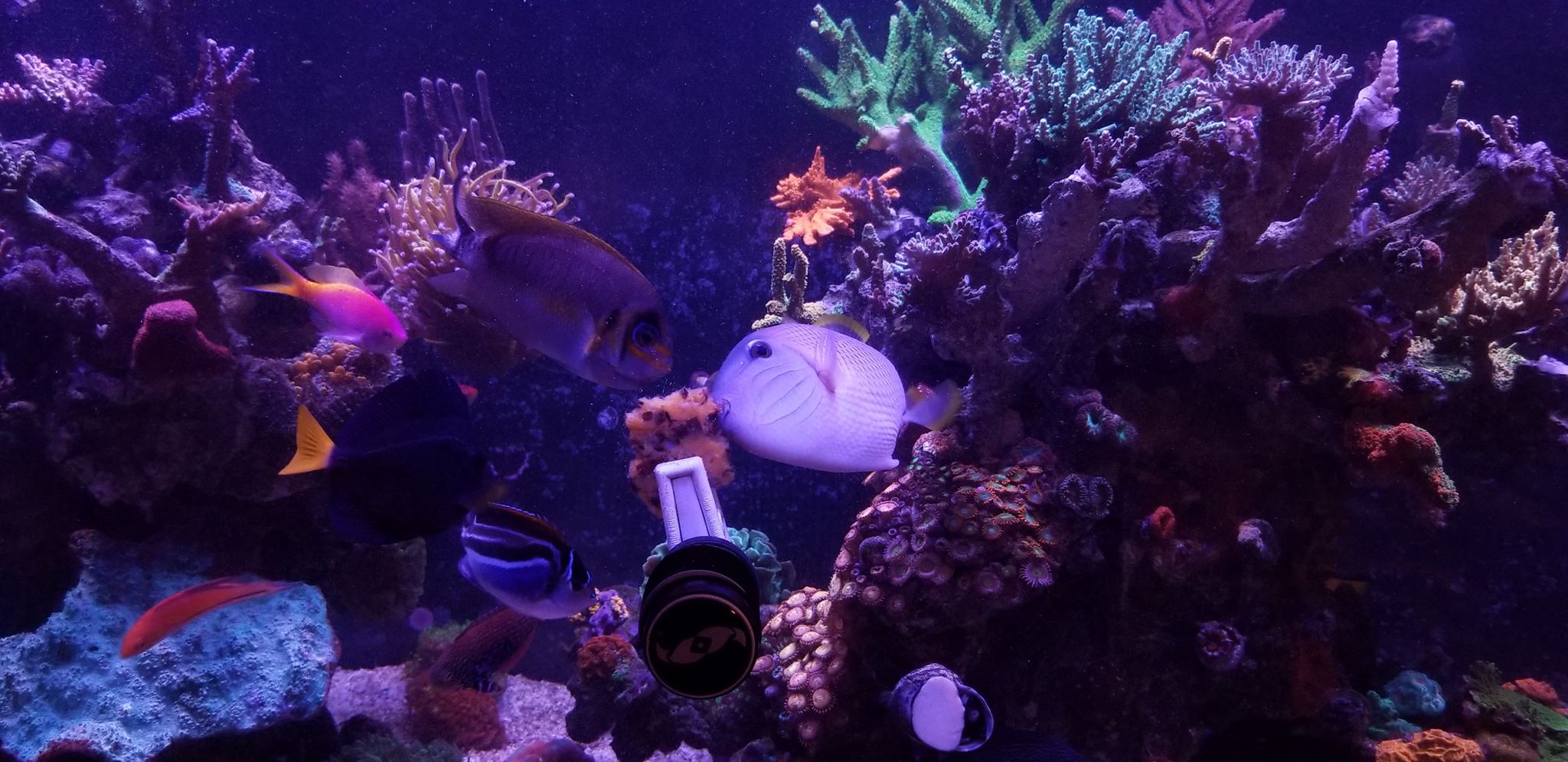 My personal tank being fed with medicated food containing Praziquantel, Metronidazole proactively just in case I missed anything through quarantine or tank transfer methods.
My personal tank being fed with medicated food containing Praziquantel, Metronidazole proactively just in case I missed anything through quarantine or tank transfer methods.
Problems and solutions.
1.) For Cryptocaryon Irritans, Marine Oodinium, Brooklynella, Uronema
Possibly one of the most common dreaded disease that most hobbyists go through at least once in their reef keeping career.
Without taking the hosts out and emptying the tank to make the parasites starve to death without their source of food, they will repeat their life cycle until they multiply to ungodly numbers, harming your beautiful animals. What can you do?
Finding food with Chloroquine Diphosphate.

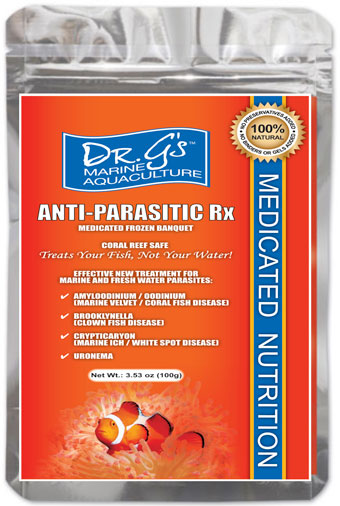
Dr G.’s medicated food line. Anti-Parasitic frozen food and Anti-Parasite caviar.
Matt Pedersen of Coral Magazine, whom I greatly respect, once wrote about Dr. G’s anti-parasitic frozen food as a solid choice, which made me want to try it out. This food contains Chloroquine Diphosphate, a well known medication that treats a number of parasites. This is good choice IF the fish will consume it. Fish tend to notice the “smell” or taste the medicine and wouldn’t eat this food as much. I had to mask the scent with garlic extract (garlic is used as appetite enhancer and used just enough to mask the scent). This food is not reef safe even when though it tells you on the label, so you will need to siphon out whatever is not eaten; make sure corals don’t eat this and make sure to run carbon when feeding this food. I had a better feeding response from the caviars but had a hard time siphoning it out as they broke up and went all over the place because of fish swimming around it. I strongly recommend turning off all your pumps and feeding it in very small quantities at a time to ensure that they will all eat and not much will fall to the bottom. (easier to clean up)
Rogger’s Reef Food – Medicated blend.
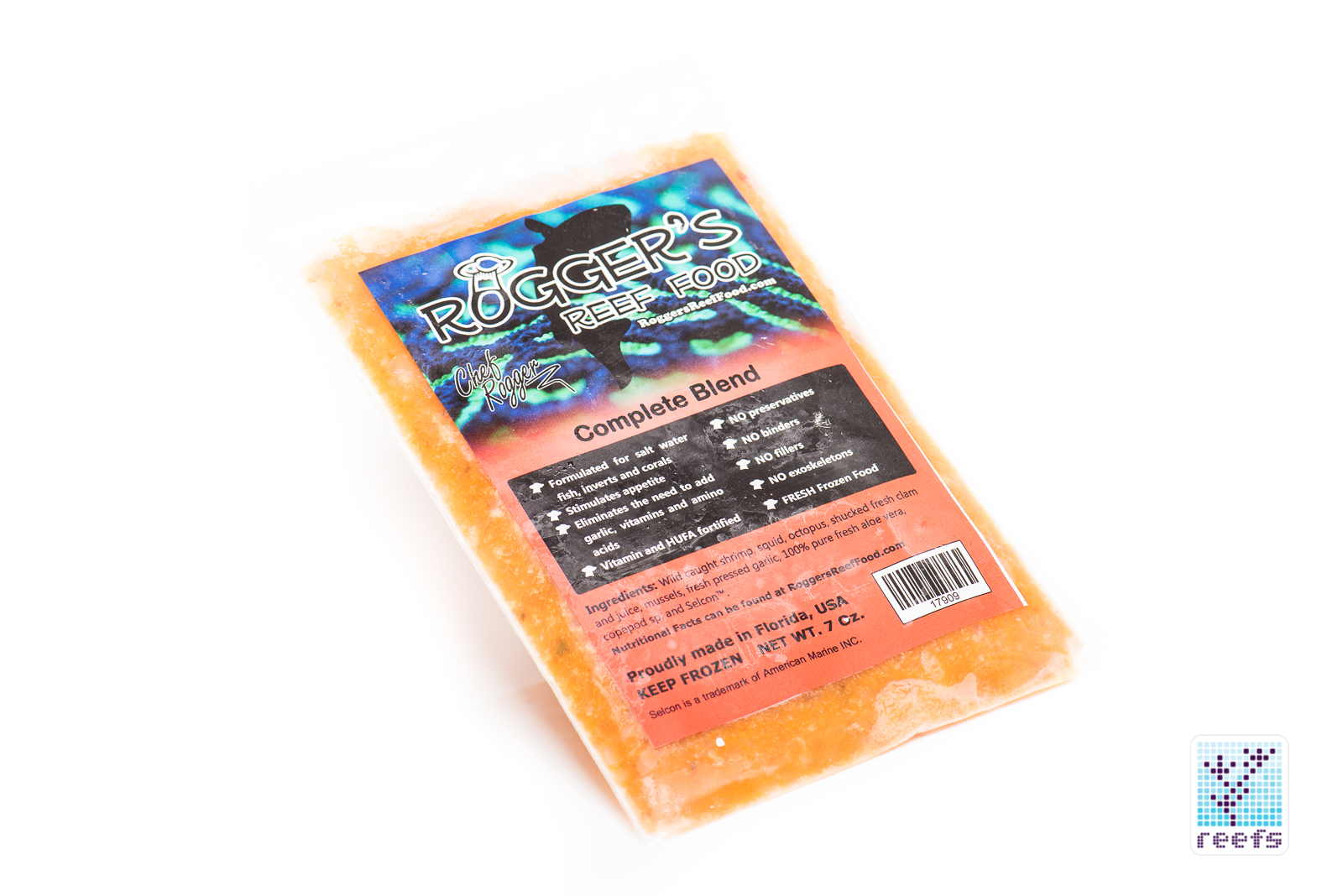
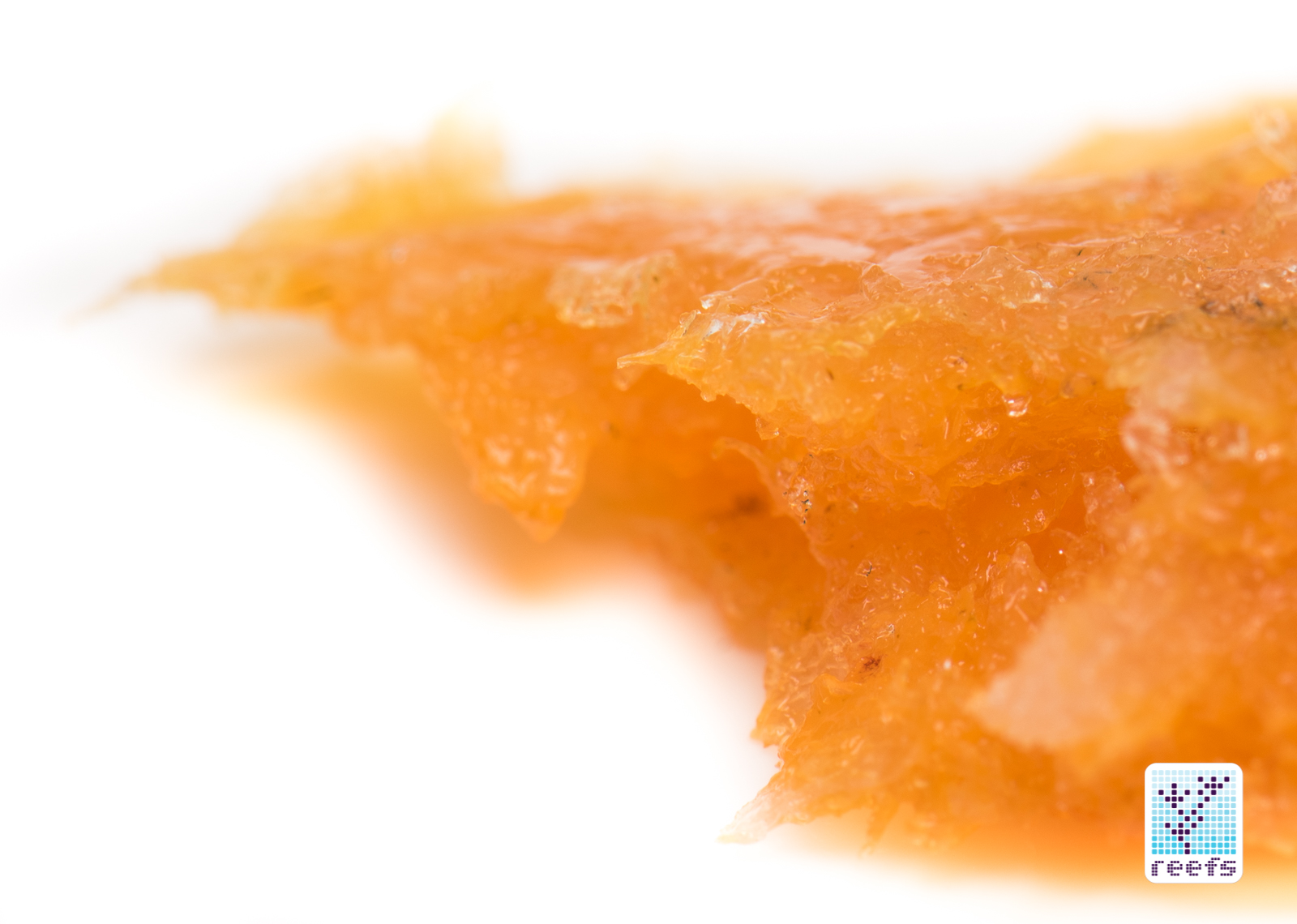
This food is essentially Rogger’s Reef Food’s Complete Blend PLUS the inclusion of Chloroquine Diphosphate. Ingredients are listed below:
- Fresh, organic, wild caught, frozen food with no preservatives, fillers, binders or exoskeletons
- Shrimp, squid, octopus, clams, and mussels, fresh pressed garlic, 100% pure fresh aloe vera, Copepod Sp., and Selcon™
- Vitamin and HUFA fortified
This food already has garlic in it so you don’t have to try to mask the scent. I like the fact that this food has a very thick consistency due to the large percentage of shrimp used in the blend. How is that good? It won’t float around everywhere and the medicated food can be contained. If you have triggerfish like I do, be sure to feed small amounts at a time as they have tendency to eat, spit, and eat, creating a mess in between. It’s imperative that if you have a reef tank to avoid these food going to corals and harming them. Another tip is to use the clip that he offers or use third party magnetic clips like Julian Sprung’s veggie mag to keep everything in one area without worrying about the food floating around.
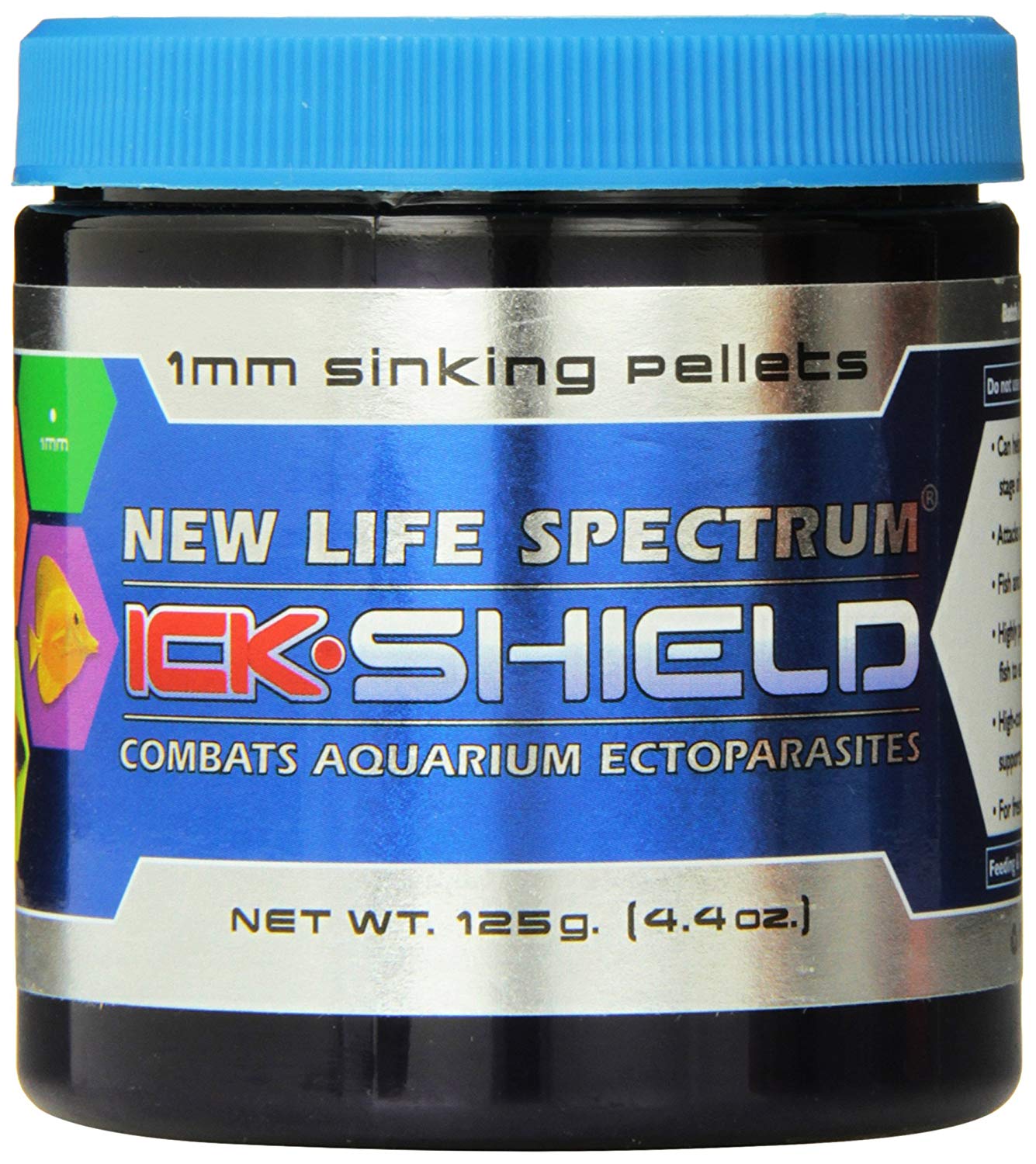 New Life Spectrum’s medicated pelleted food line.
New Life Spectrum’s medicated pelleted food line.
NLS, one of the top manufacturers for pelletized food in our industry has a wide array of medicinal foods that you can use. Ick Shield is made with same medicinal ingredients in Chloroquine Diphosphate, this was easier to manage for me as I could turn the flow off and with feeder ring, keep the pellets in one spot in the tank to siphon out the leftover food. To get a better success rate of feeding to various finicky fish, I placed a small amount of food in a bowl (I used Marine Depot’s clam
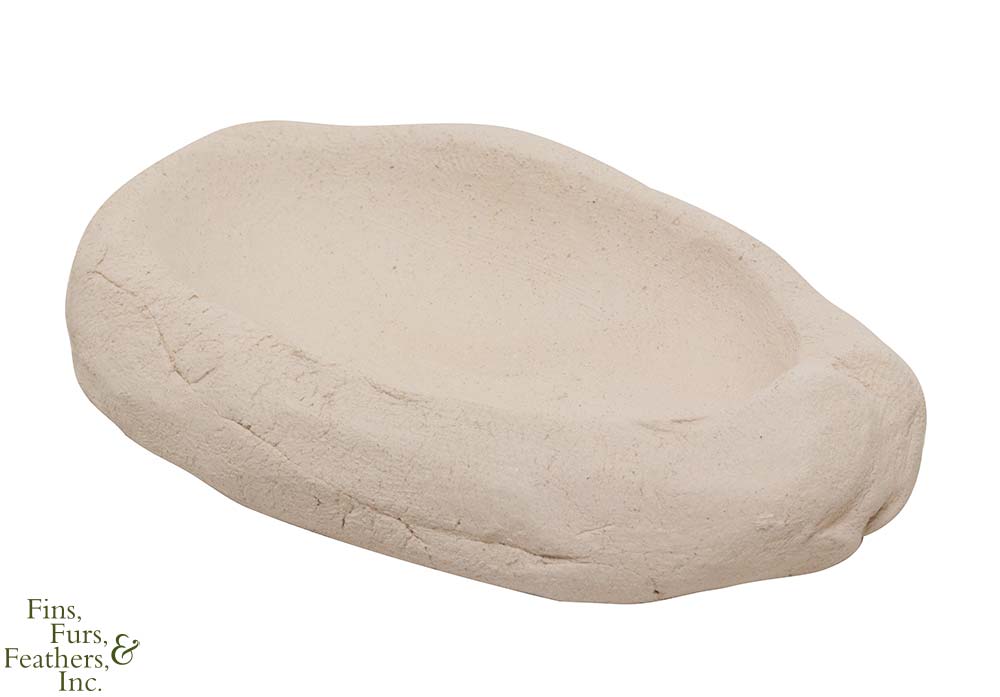 holder) and let the food sit in vitamin fortified, appetite enhancing serum (Selco boost) to hide the scent and to give additional nutrition to the fish and then dropped it in the tank. Selco Boost is thick so it kept everything together and once done, I slowly, gently removed the bowl to remove any uneaten food.
holder) and let the food sit in vitamin fortified, appetite enhancing serum (Selco boost) to hide the scent and to give additional nutrition to the fish and then dropped it in the tank. Selco Boost is thick so it kept everything together and once done, I slowly, gently removed the bowl to remove any uneaten food.
Neobenedenia : Marine Flukes.
It has become increasingly common for fish these days to come with flukes from local fish stores and wholesale distributors.
If for some reason, they got through your freshwater dips or hyposalinity quarantine (hyposalinity is most effective, By maintaining a salinity of 15ppt for 5 days (which is well-tolerated by everything except sharks and rays), eggs are entirely prevented from hatching. – Joe Rowlett), don’t fret. You can feed food as well. There has been few occasions where this has happened to me with large scale fish. (I’m looking at you butterflyfish and angelfish!)
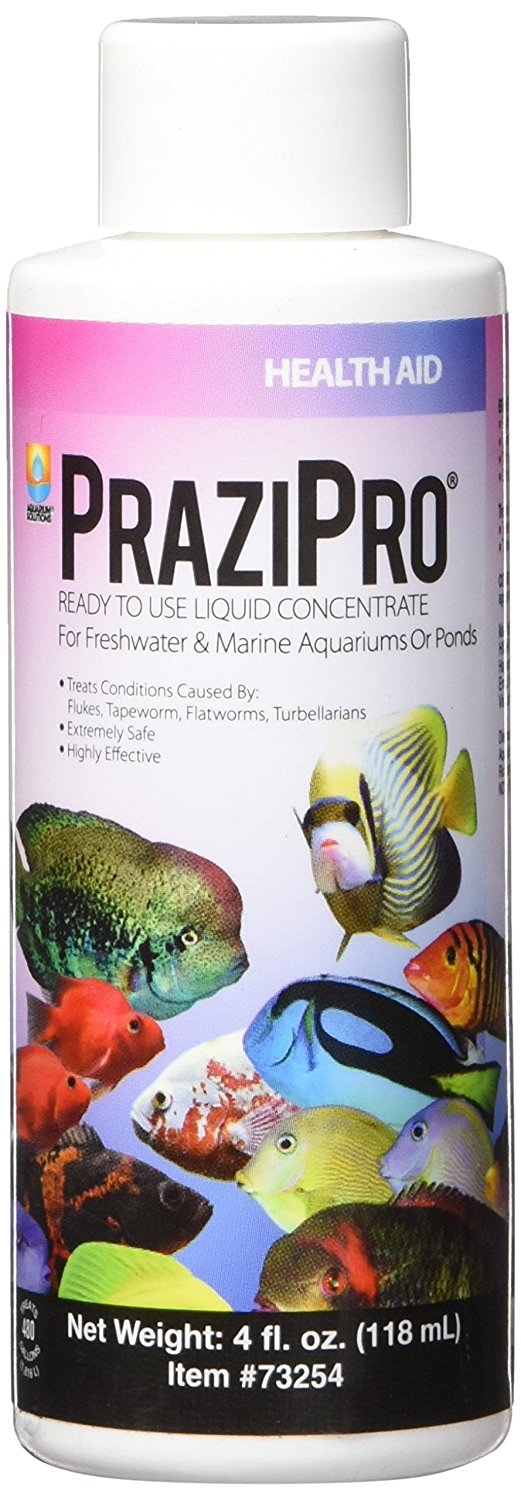
I was talking with Dr. Charlie Gregory and this was his advice. (Little DIY)
“Mix a cap of Prazipro (from Hikari) into an ounce of tank water defrosting a cube of frozen food or with a cap of pellets long enough for it to absorb…frozen half an hour, pellets depends on them getting mushy but not falling apart, then strain water and feed food to everyone. ”
This IS NOT food but you can try to remove them biological as well.
You can add “coral banded shrimp,… or skunk/blood shrimp” which can help fish get rid of some of these pesky flukes off their body.
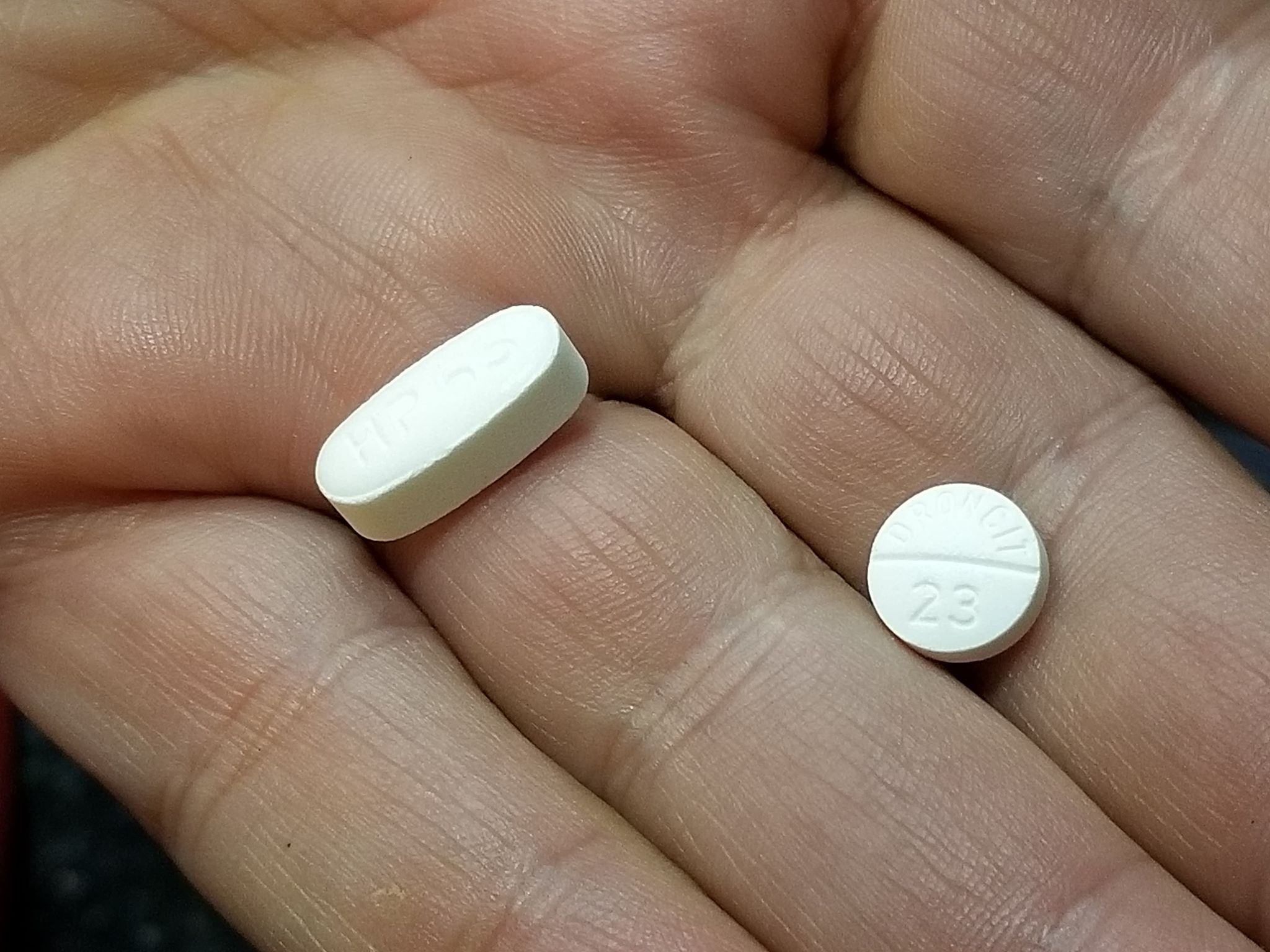 It’s more work but I like to use the powdered form of praziquantel because it’s a bit more effective. You can also control how much medicine you are using by using a small scale to measure the exact mg of medication.
It’s more work but I like to use the powdered form of praziquantel because it’s a bit more effective. You can also control how much medicine you are using by using a small scale to measure the exact mg of medication.
This is part of my conversation with Dr. Charlie Gregory:
“Do you think it’s better if I put the food inside praziquantel and alcohol (praziquantel is not water soluble and you need to use alcohol to dissolve it) instead of prazipro? I have prazi in pill form that I crush up time to time to use along with food.”
“Prazi powder without alcohol is better. Mash food rather than dissolve it. Food is oily…it generally mixes well. So don’t mix with water, just mash with frozen. Doesn’t work with pellets”
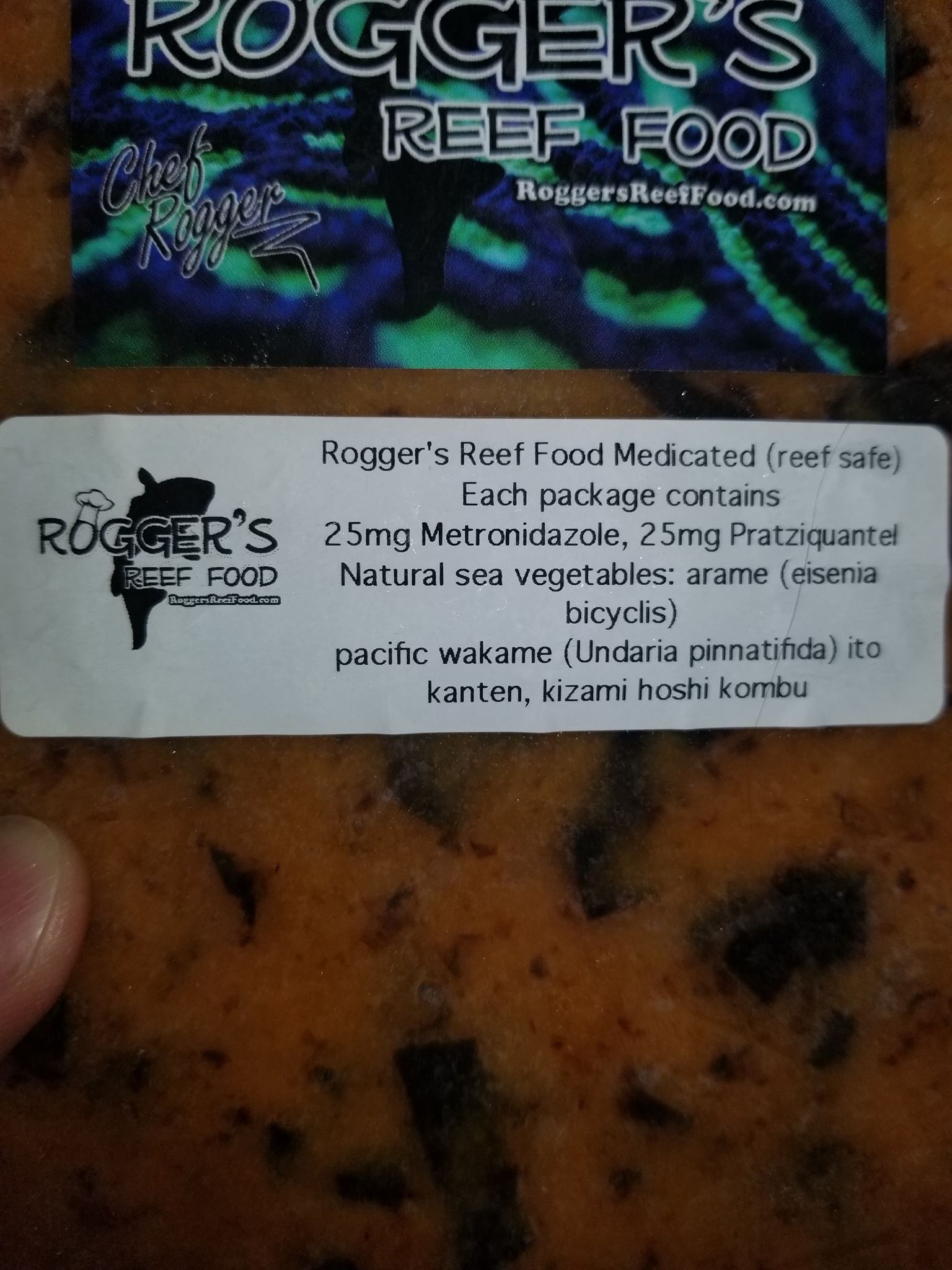
Rogger’s Reef Food – Reef Safe Medicated blend.
Don’t feel like weighing and mixing all the medicines? Rogger also creates a medicated food blend for flatworms and for a wide spectrum of bacterial infections.
Each packet contains 25 mg of Metronidazole and 25 mg of Praziquantel that’s crushed up by Rogger himself to evenly distribute into the food. They are then soaked in human grade organic sea vegetables (in my case, I ask for Julian Sprung’s purple sea veggies as my fish get fed that on a daily basis) These are reef safe medications and I haven’t experienced any negative side effects at all from using them. My good friend and quarantine expert, Lance Ichinotsubo, co-author of The Marine Fish Health and Feeding Handbook, strongly recommended this food to me one day many moons ago.
For any medicated foods by Rogger, you would need to contact Rogger personally to talk with him so that you are fully aware of what you are doing, or contact Lance at his store, Elite Marinelife by Captive Seas at (954) 782-4028 they can provide the food and offer detailed directions on how to properly use this food.
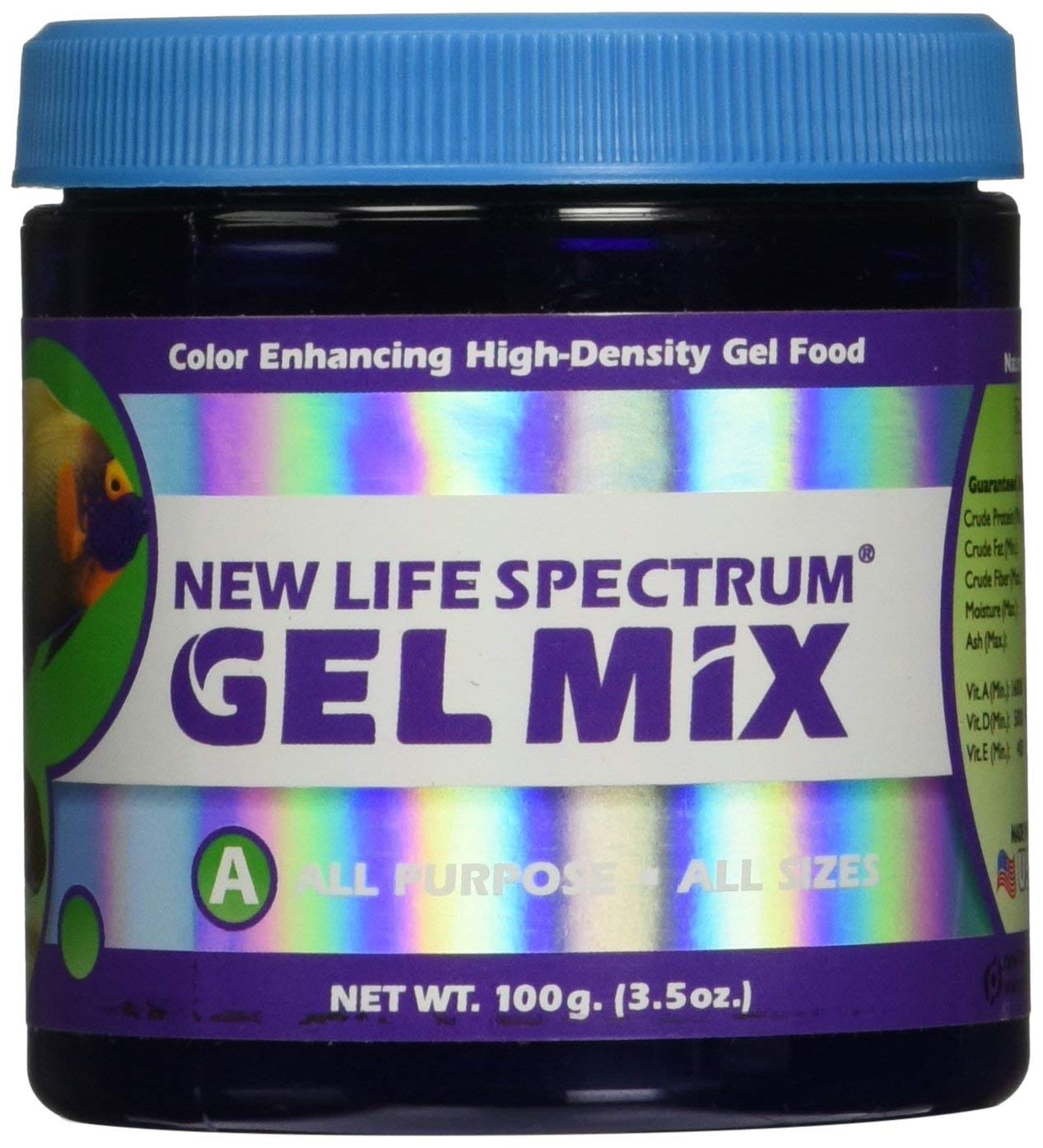

For all you strong DIYers -all purpose including bacterial treatment.
Dough and gelmix are new offerings from NLS and it’s extremely versatile for most applications. You can mix a different array of medicines in there as long as you cover the smell of the medicine for the finicky fish. I recommend trying Aqua-tech’s Selco boost instead of just garlic extract to hide the scent of the medicine. It has little bit of garlic scent, as well as many essential vitamins that will assist in boosting the immune system of the animals of your aquarium. I also recommend you try ick shield powder with the dough.
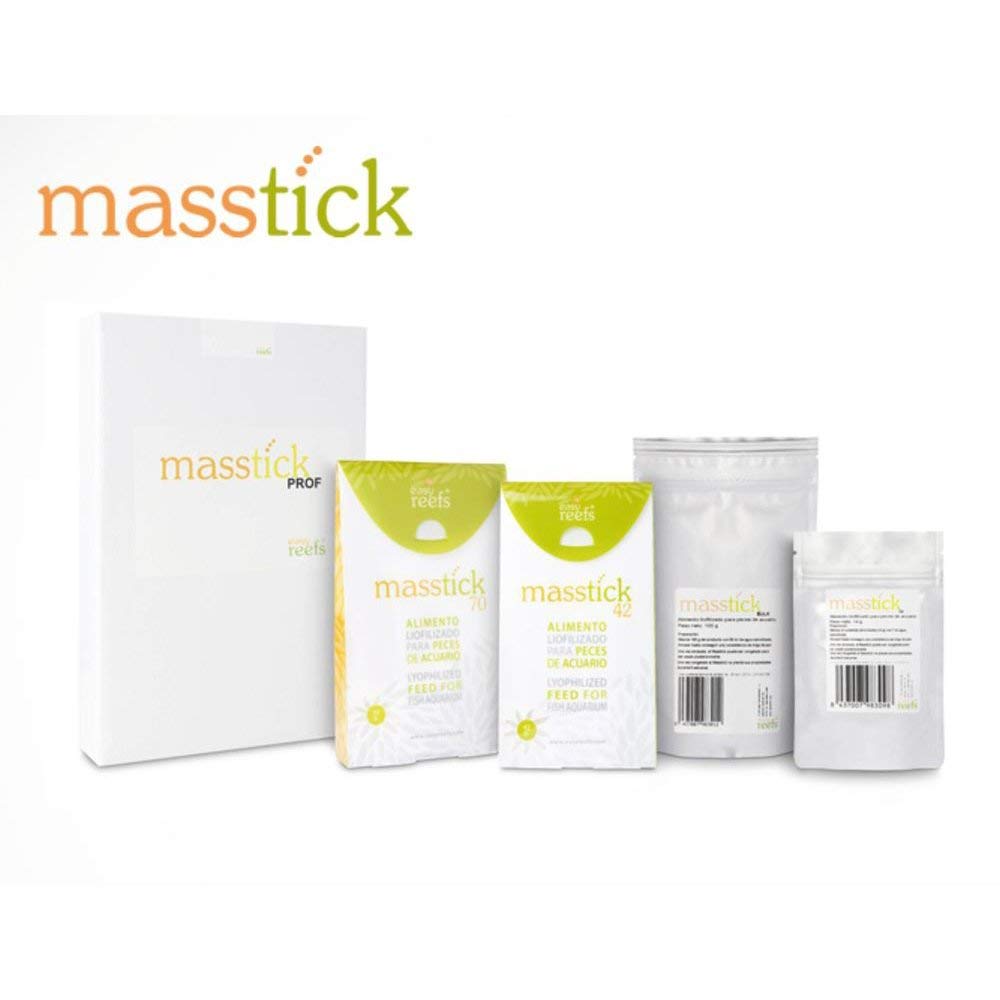
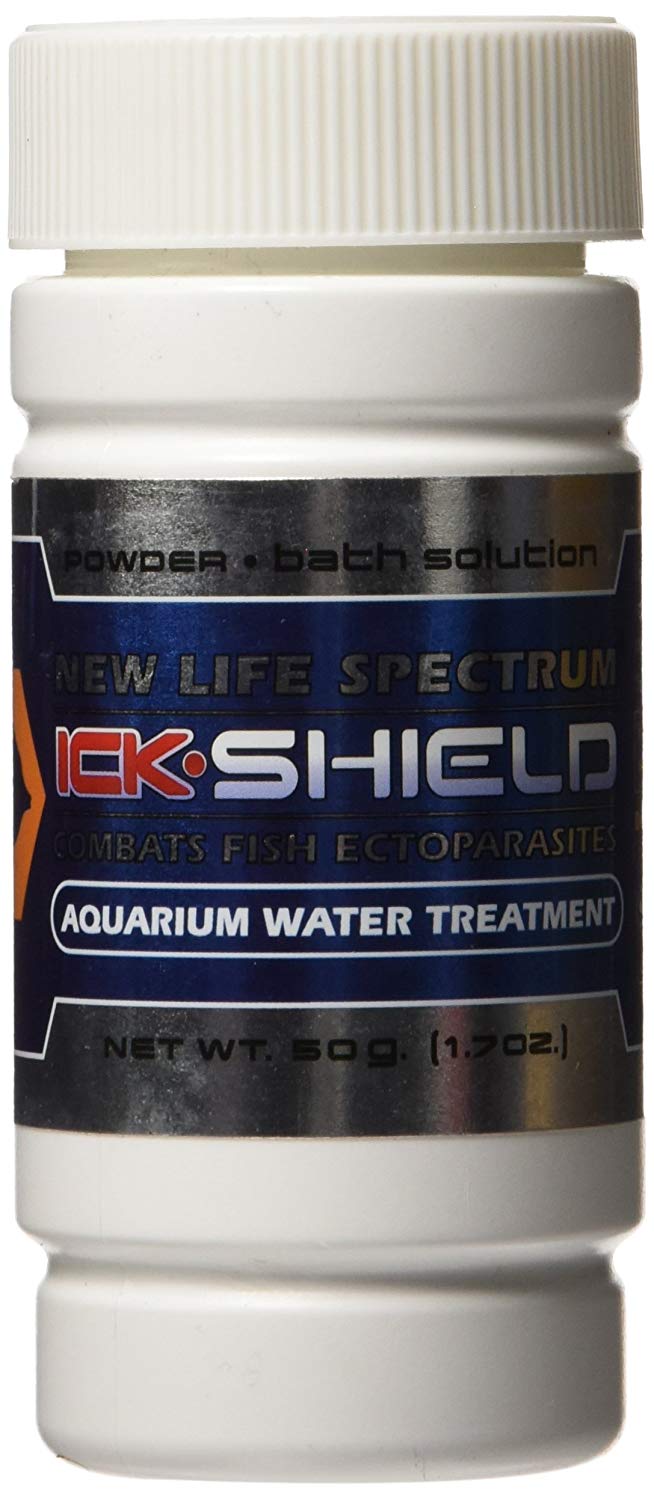
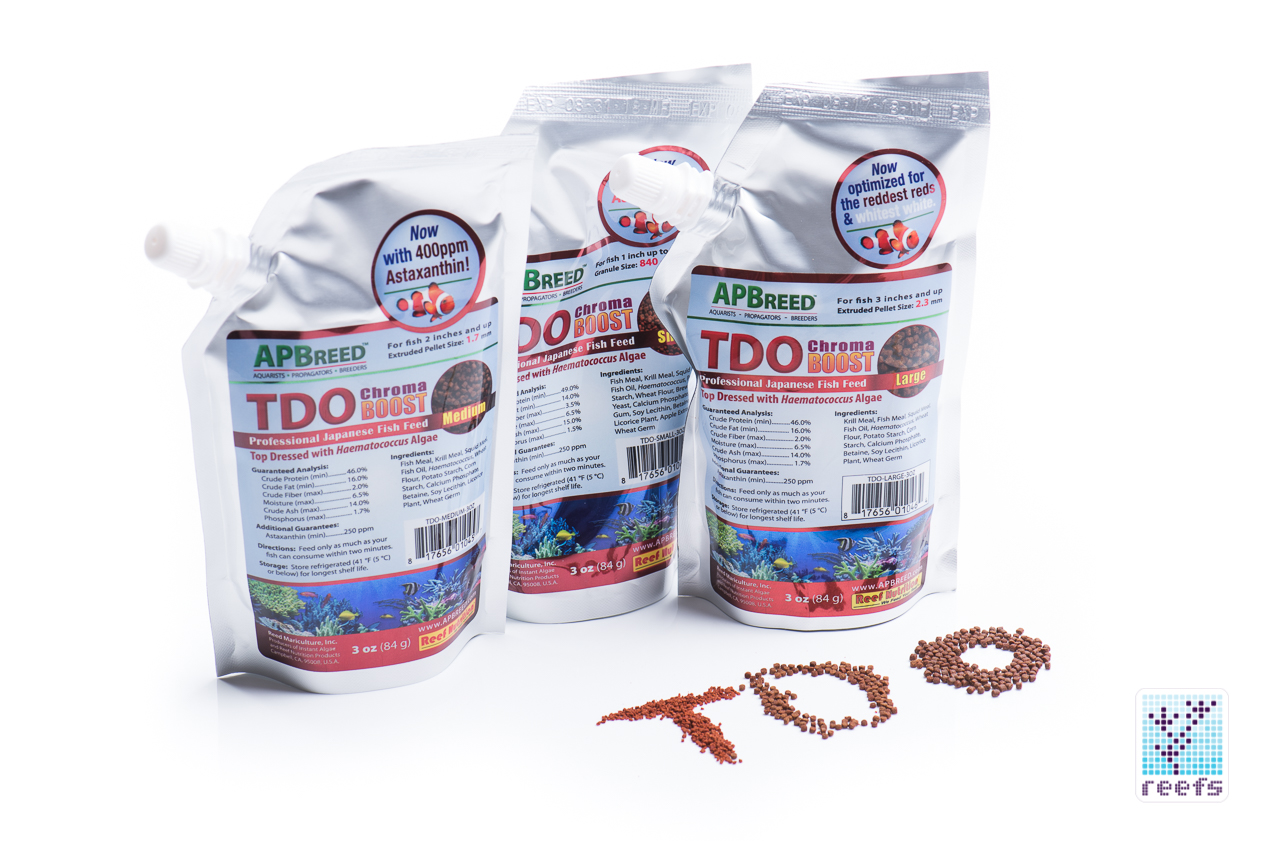
Masstick from Easyreef is a solid choice to mix your medicine/ pellets. I have experienced great results in using the clam holder shown above drowned in Selco boost without the food getting out of the plate. (as long as I put and take them out gently with the flow off)
This is probably my favorite go-to method. I use either dough or masstick, use selco boost, powdered medication in the food (so I know exactly what mg of medicine that I am using), and then use tons of TDO pellets as my fish can’t resist this pelletized food. I let the food sit with the medication for a good 10 to 15 mins for the pellets to absorb the medication and the selco-boost. I don’t use water either, just the moisture of selcoboost or throw in little bit of LRS or other naturally thicker food to have thicker consistency so that the food doesn’t fly away in the aquarium. This method has been so versatile for me and has worked with so many different medications for ich, flukes, and bacterial infections.
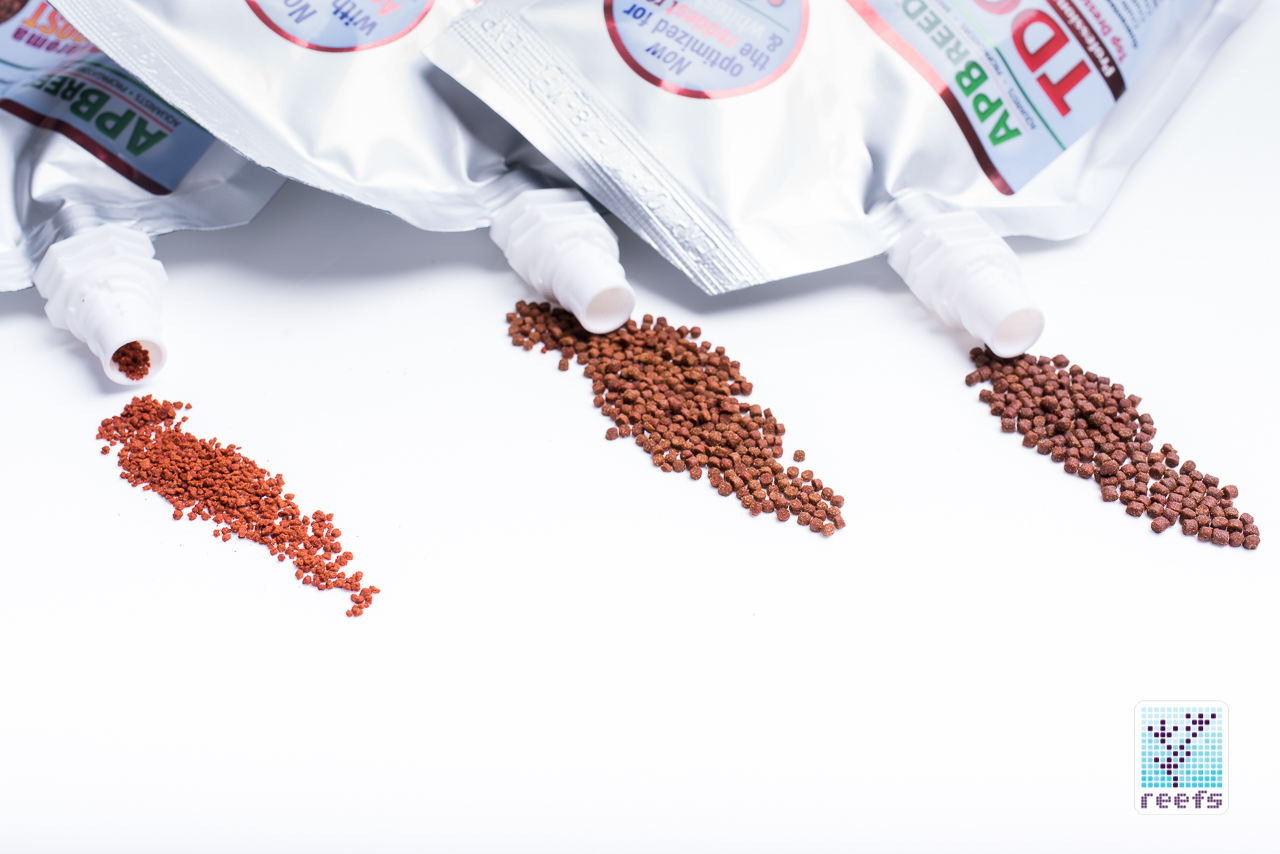
Options of different granular sizes are a huge weapon to have for any hobbyists. Young fish and fish with small mouths like certain types of wrasses and anthias will appreciate smaller sizes, while big tangs and triggers will appreciate larger size granules.
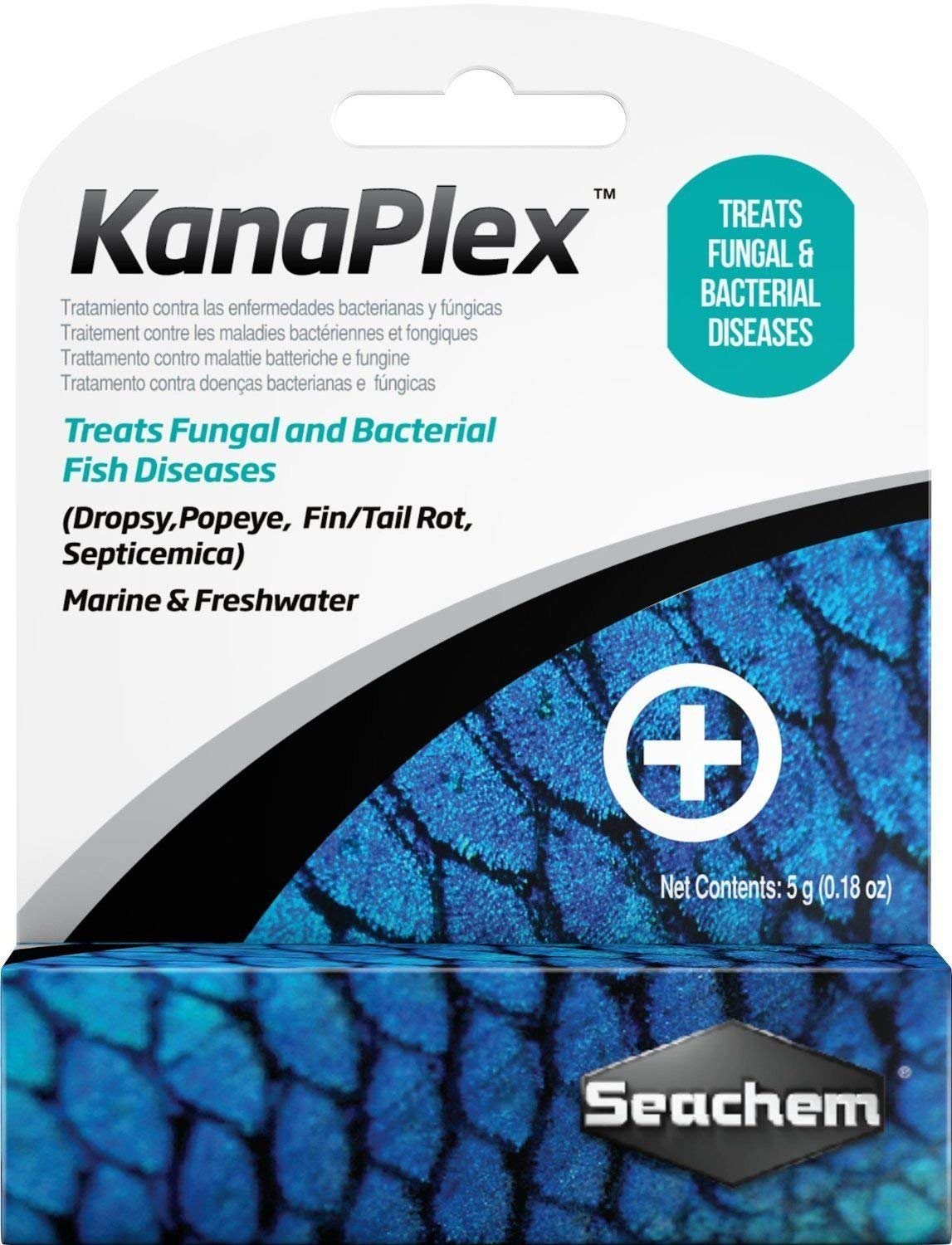
For bacterial infections, I use the methods mentioned above and then use various medications like Seachem’s KanaPlax, or commercially available Metronidazole. There are tons of great medications out there you can use but be sure to use them after doing your research to make sure that they are indeed safe to use in the reef environment.
Once again, there are no miracle cures or no 100% quarantine without proper quarantining everything wet that’s getting introduced to your system, but these are some of the things that I do if I am in crunch and recommend to those around me when they are stuck in a situation where they need to do something immediately to effectively curb their parasite levels or to ensure that their fish survive the initial outbreak until they are able to get their quarantine tank set up. Be sure to keep a close eye on your livestock throughout the duration of the treatment and be sure to have spare water and carbon ready to pull any of the unwanted medicine out of the tank. Also be sure to keep an eye on the more dominant fish to make sure that they don’t overeat the medicated food. Keeping them occupied in a different part of the tank with their favorite type of food is a good way to keep the aggressors on one side of the tank to make sure the less aggressive fish will take the medicated food.
Good luck guys. I wish everyone a safe, fun, and successful journey in fish keeping!










0 Comments